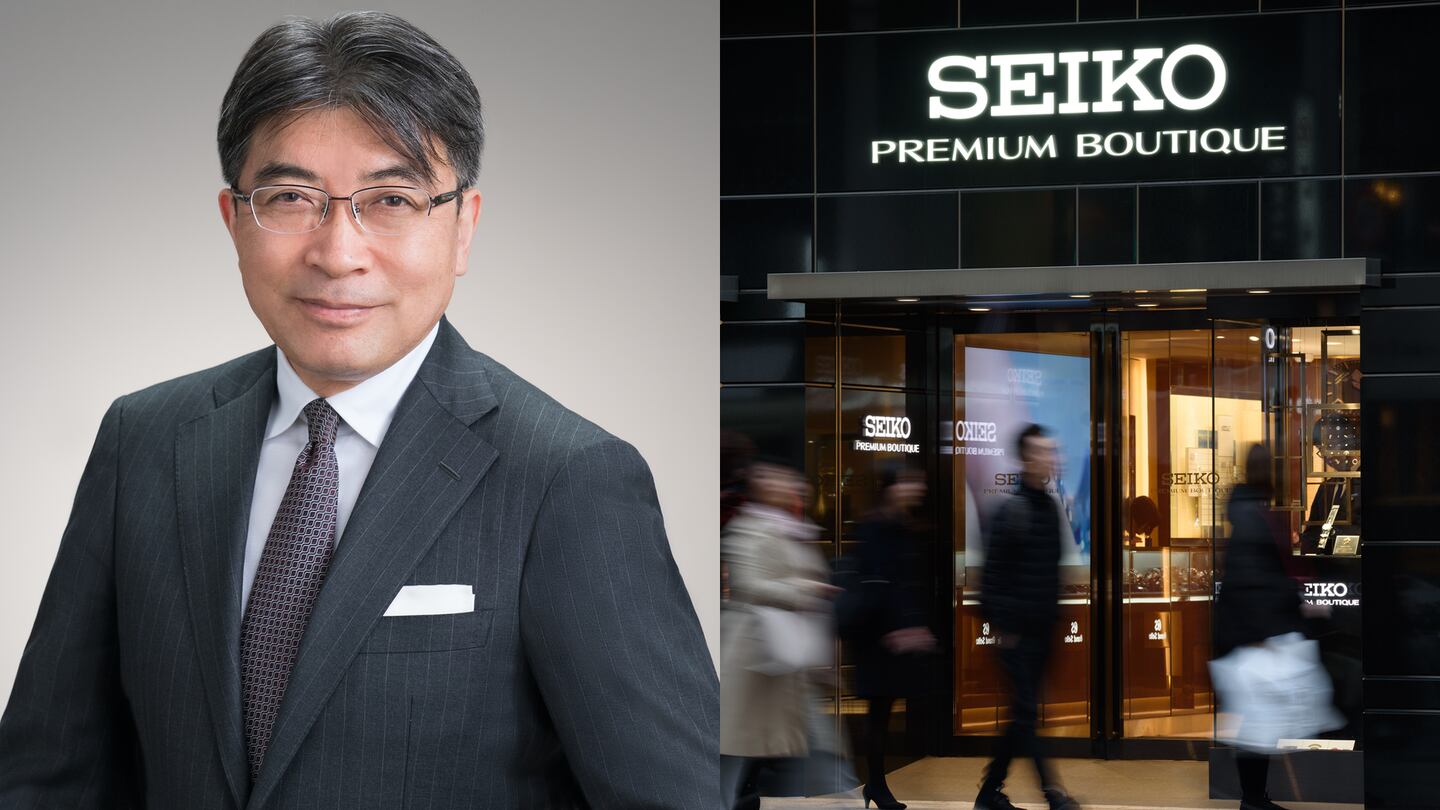
The Business of Fashion
Agenda-setting intelligence, analysis and advice for the global fashion community.

Agenda-setting intelligence, analysis and advice for the global fashion community.

 Opens in new window
Opens in new windowThis article first appeared in the special edition of The State of Fashion: Watches and Jewellery, co-published by The Business of Fashion and McKinsey & Company. To learn more and download a copy of the report, click here.
Has there ever been a more challenging time to be a mid-market watch brand? Arguably not. Even before Covid-19, growth in the luxury watch sector was concentrated at the high end, where the impact of rising average price points masked a steep decline in export volumes further down the price ladder. For mid-market players, the combined threat of smartwatches, fashion brand watches and newly established digital native brands had left them battling for relevance — and sales. The pandemic only piled on the pressure for executives like Akio Naito.
Naito, who joined Seiko’s legal department in 1984 and worked his way up the ladder to set up the Japanese firm’s US entity for Grand Seiko in 2018, was appointed the new president of Seiko Watch Corporation in April 2021. As the executive in charge of mid-market brand Seiko and luxury watch brand Grand Seiko, Naito believes that, regardless of value segment, brands will only survive if they can offer an emotional point of difference while building stronger bonds with their clients.
BoF: What challenges will mid-market brands have to overcome in a post-pandemic marketplace?
ADVERTISEMENT
Akio Naito: It’s going to be a long and bumpy road ahead. The pandemic has accelerated several trends that were evident before it arrived, most notably the prevalence of the smartwatch, the decline in the perceived value of the simple quartz watch and the growth of e-commerce in high-end watch retailing. These trends were unhelpful to mid-market brands before the pandemic and will be all the more so in years to come.
Market data proves that smartwatches are ravaging the sales of traditional watches. How are you responding to this threat?
There’s still a strong market for electronic watches with a point of difference and added value. This is why, while there’s a decline in our sales of inexpensive electronic watches and movements, our distinguished premium watches like Grand Seiko 9F quartz and Seiko Astron GPS Solar have been popular. We need to offer more at both the functional and emotional levels. A wristwatch is [more than] a functional time keeping tool; it’s a statement of one’s identity, one’s status and one’s style. There’s no other consumer item offered today with such a wide price range, crafted with the durability to be handed down through the generations and represent one’s lifetime events or memories. A traditional watch company such as ours should make watches with these values and communicate them to consumers.
Some watch companies are trying to distance themselves from the smartwatch segment by raising price points. Is this wise?
If a company were to raise the price only to differentiate itself from a smartwatch, as a strategy, it would be suicidal. What is important is not a price increase but the perceived value of a product in the discerning consumers’ minds.
Fashion houses entering the watch market are winning market share, particularly with Millennial and Gen-Z consumers. What can a traditional watch company learn from this?
A traditional watch company, which is proud of its technology, can learn from a fashion house how to create non-functional values for consumers and how to communicate them effectively. Branding backed by a signature story can be one such value. A unique design that appeals to consumers who are not necessarily watch aficionados is another.
Looking at the challenging environment ahead, what will make your business successful?
ADVERTISEMENT
We’ll definitely seek out every opportunity to engage directly with consumers… such as through our GS 9 Club, a membership organisation for Grand Seiko owners. Today’s consumers want a one-on-one conversation with their brands. We understand the importance of this development and are investing in the partnerships, events and systems that make this more and more possible.
This interview has been edited and condensed.
The inaugural edition of The State of Fashion: Watches and Jewellery report co-published by The Business of Fashion and McKinsey & Company forecasts a shake-up in priorities for hard luxury as well as different recovery scenarios across geographies and consumer segments. To learn more and download a copy of the report, click here.
BoF Professionals are invited to join us on July 13, 2021 for a special live event in which we'll unpack findings from the report. Register now to reserve your spot. If you are not a member, you can take advantage of our 30-day trial to experience all of the benefits of a BoF Professional membership.
Explore the six seismic shifts from the report:
The Future of Watches:
The Future of Jewellery:
Click here to explore more from this special edition report, including executive interviews.
The sharp fall in the yen, combined with a number of premium brands not adjusting their prices to reflect the change, has created a rare opportunity to grab luxe goods at a discount.
Fashion’s presence at Milan Design Week grew even bigger this year. Savvy activations by brands including Hermès, Gucci, Bottega Veneta, Loewe and Prada showed how Salone has become a ‘critical petri dish for dalliances between design and fashion,’ Dan Thawley reports.
The Hood By Air co-founder’s ready-to-wear capsule for the Paris-based perfume and fashion house will be timed to coincide with the Met Gala in New York.
Revenues fell on a reported basis, confirming sector-wide fears that luxury demand would continue to slow.